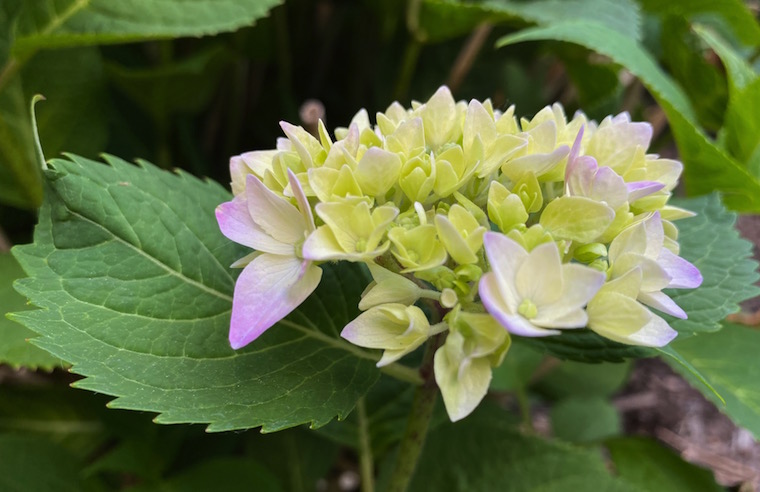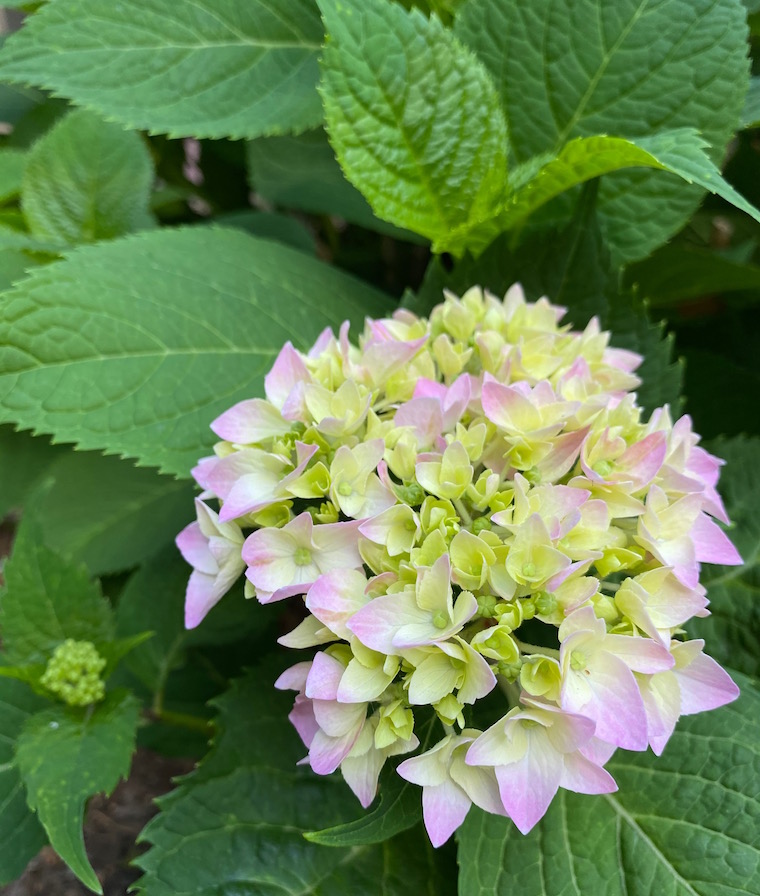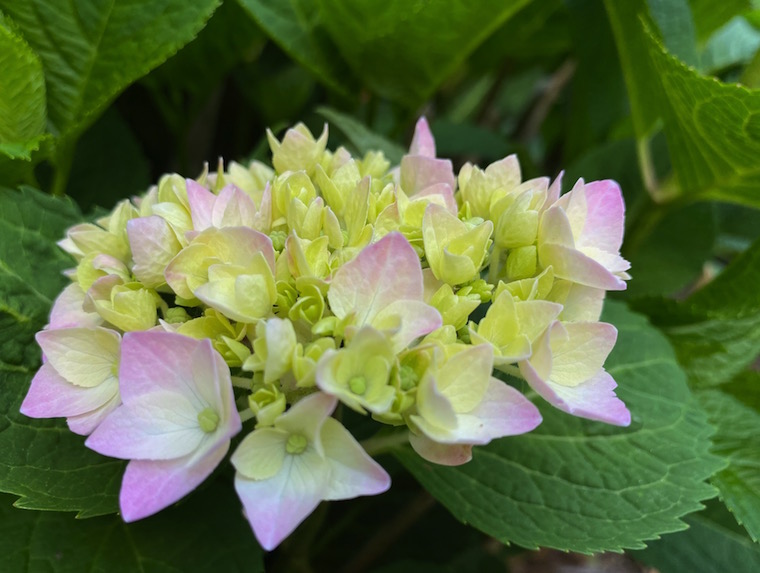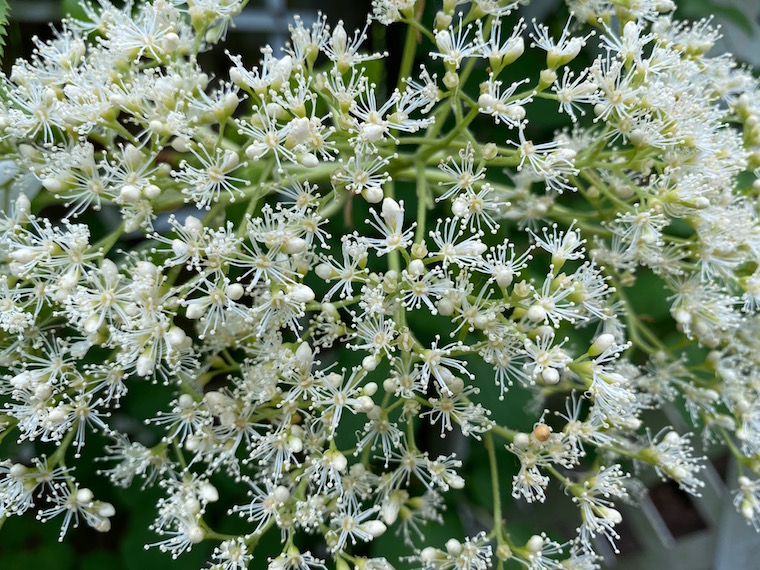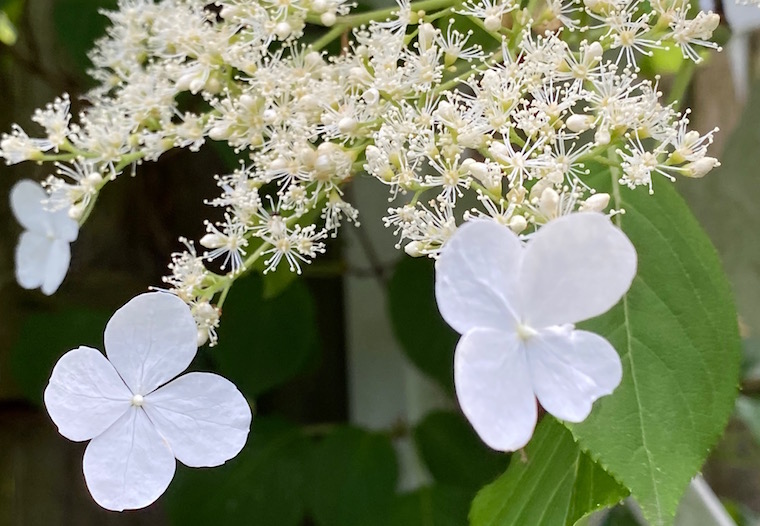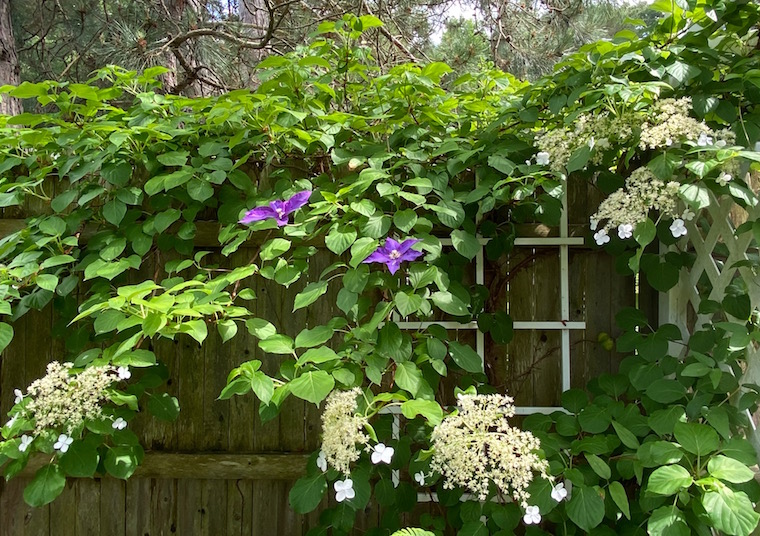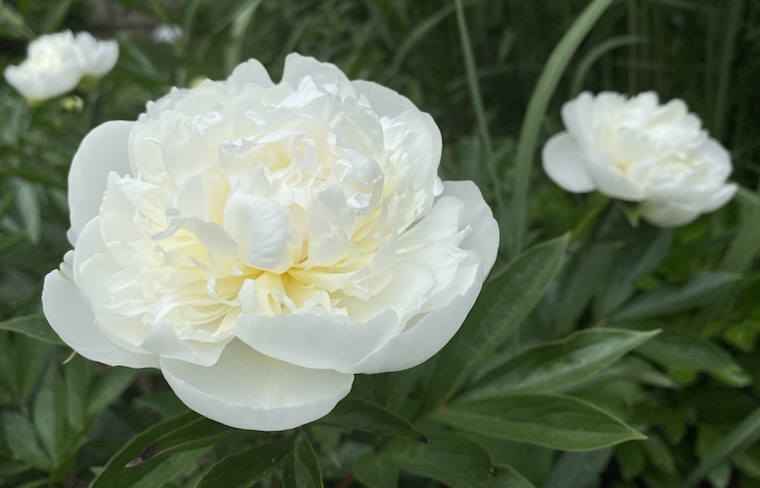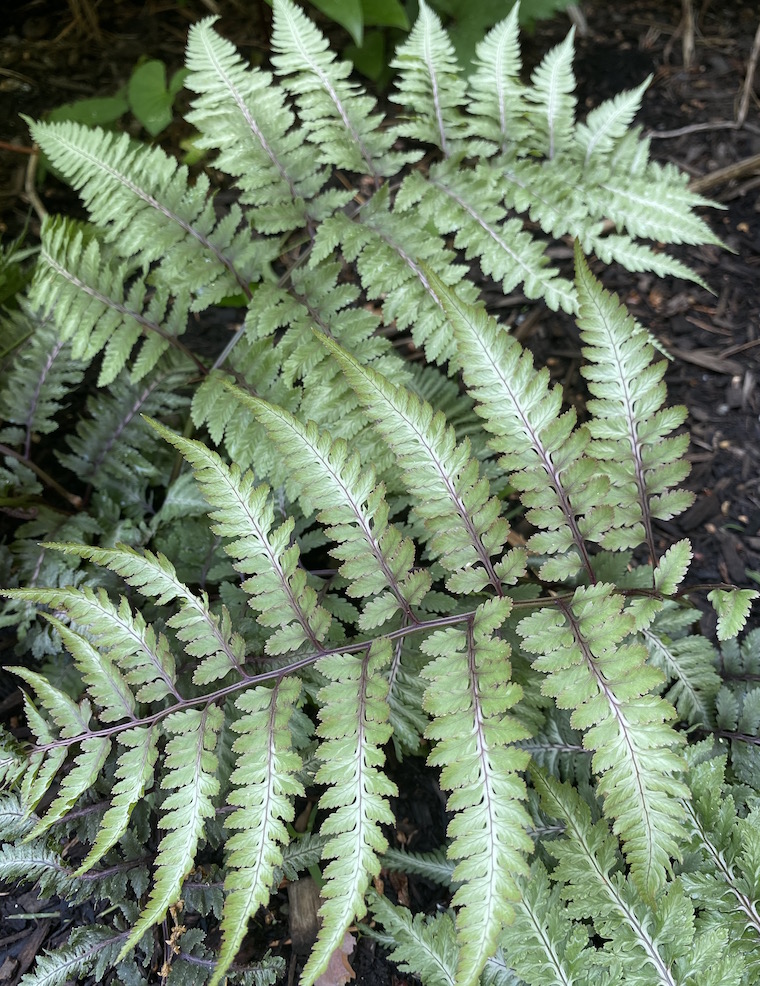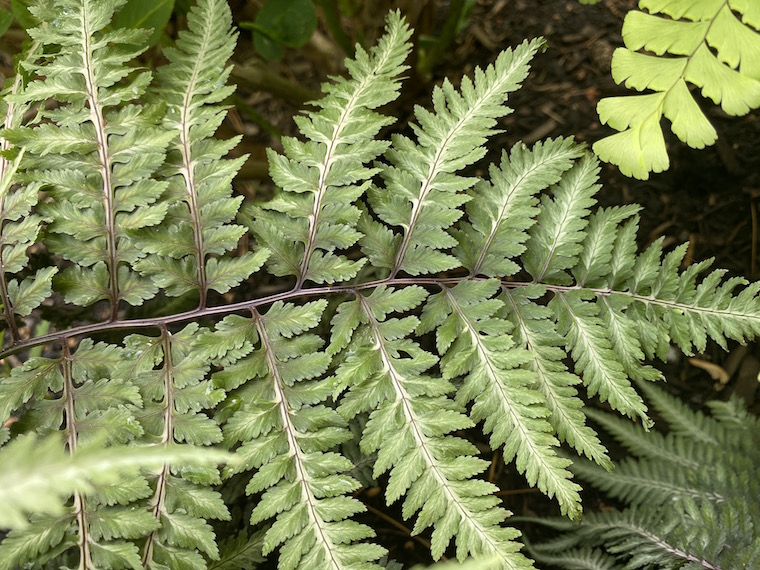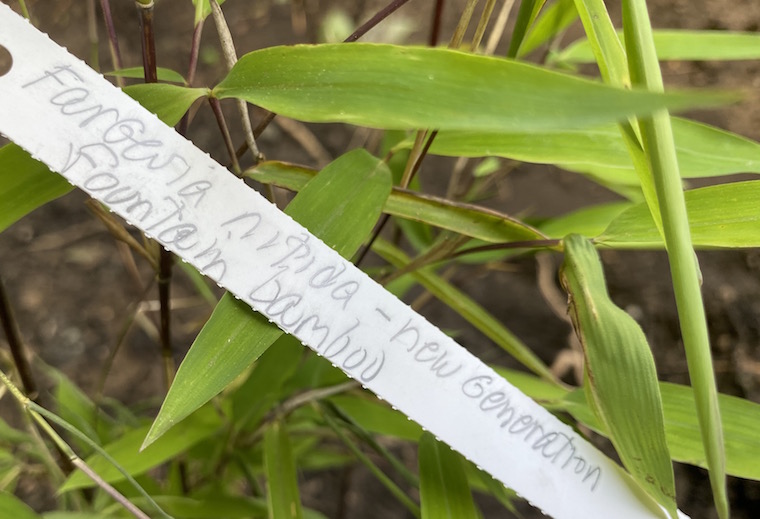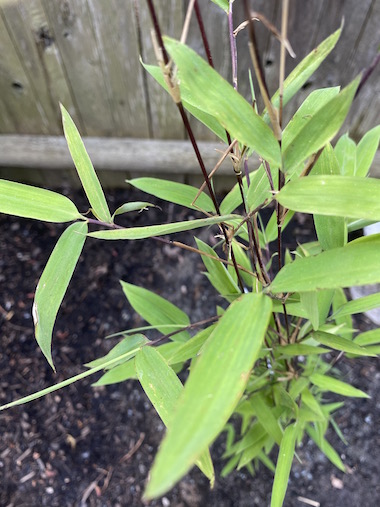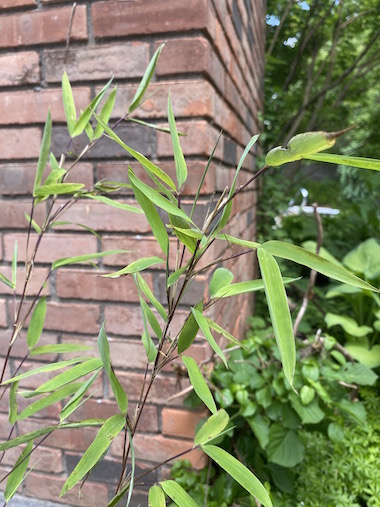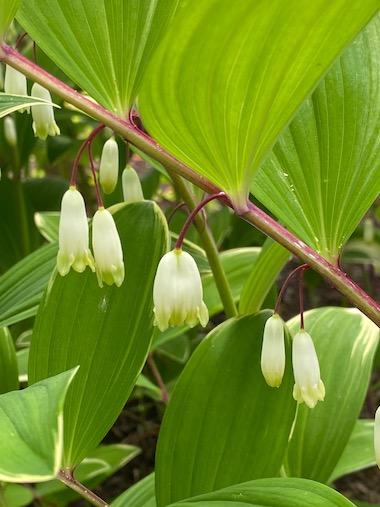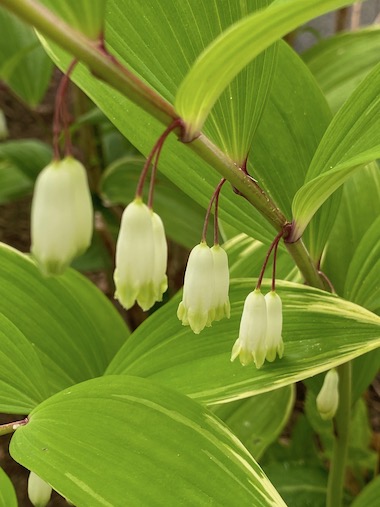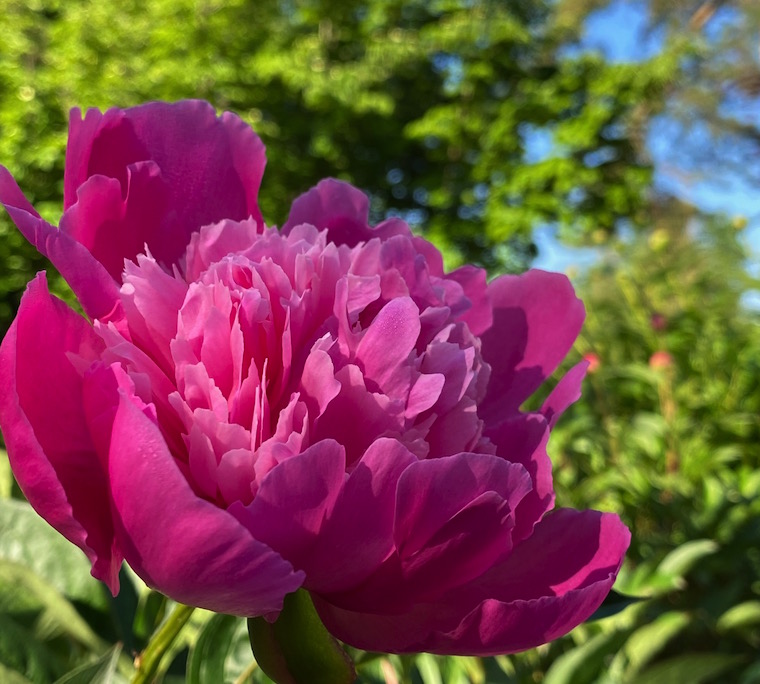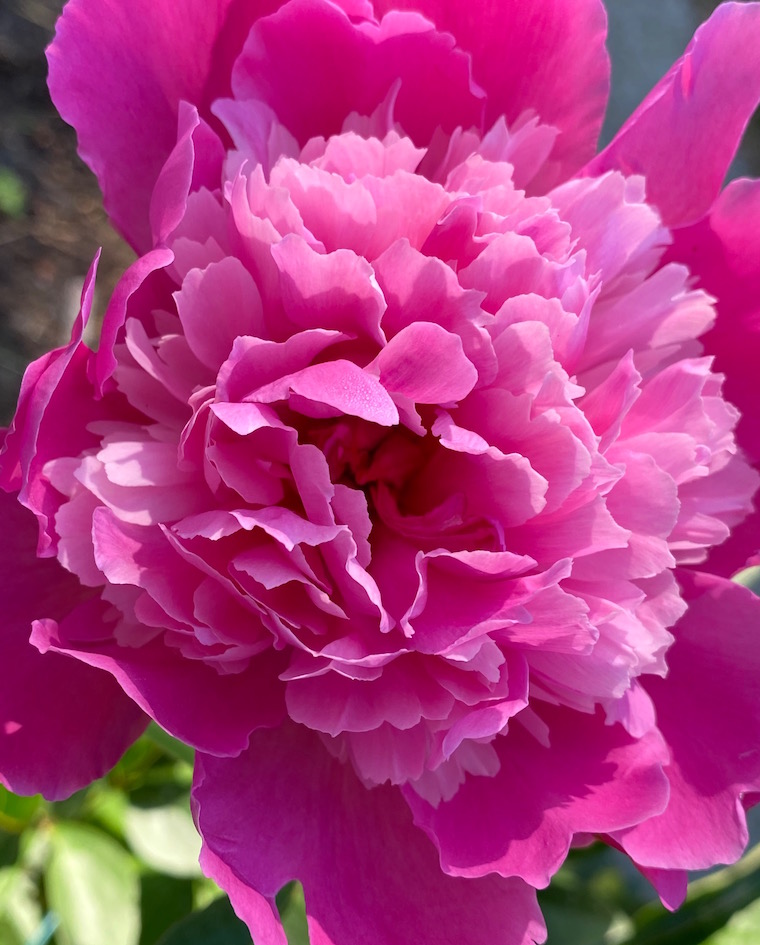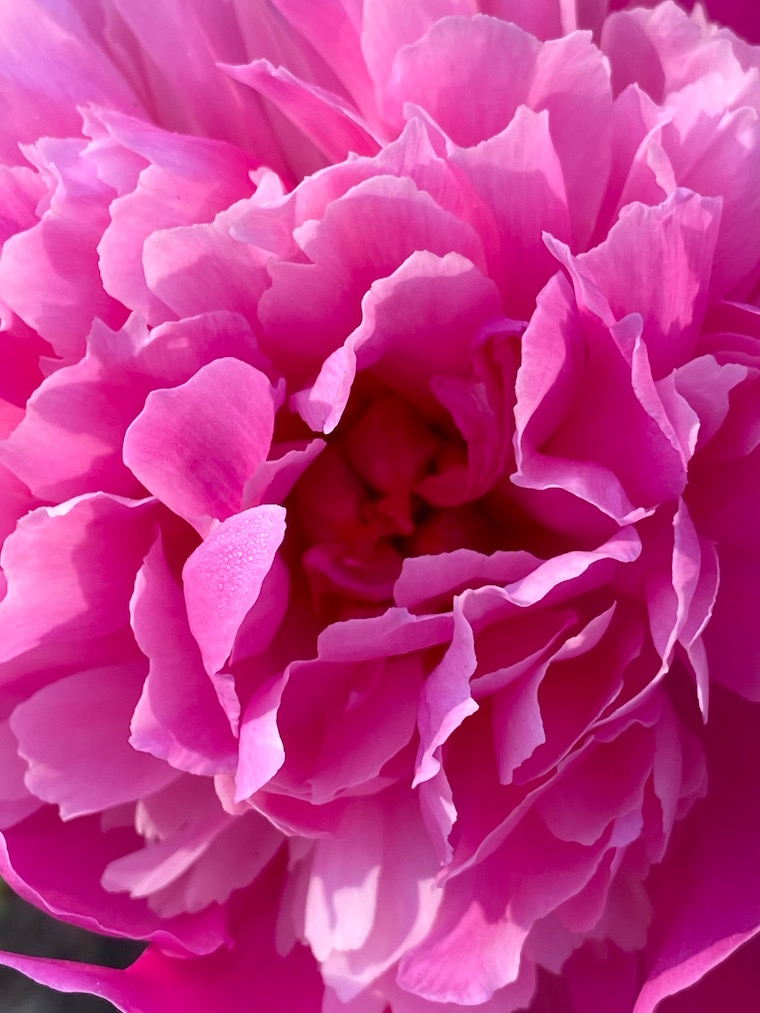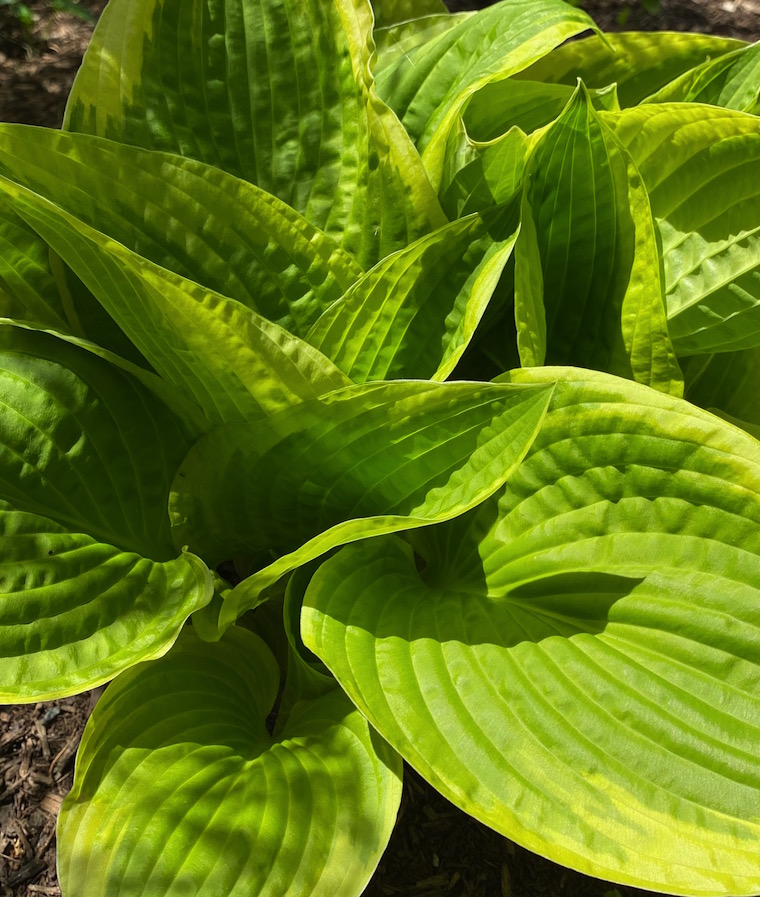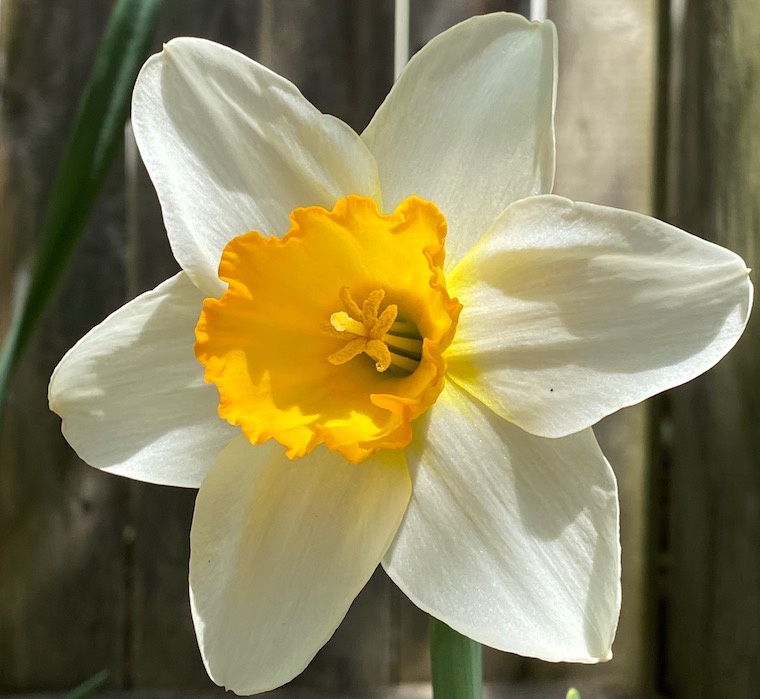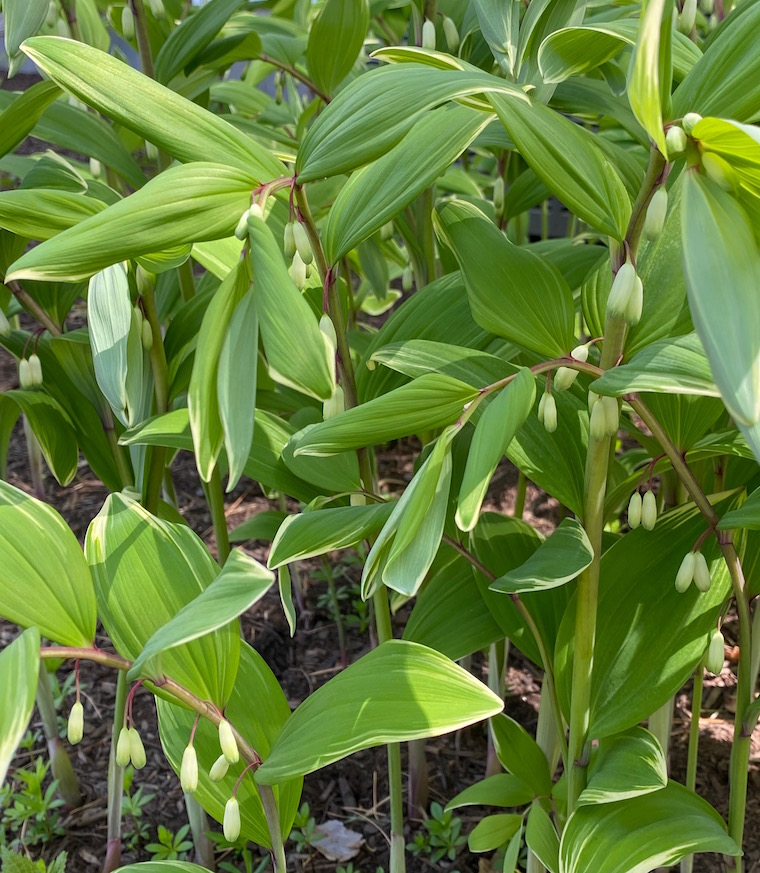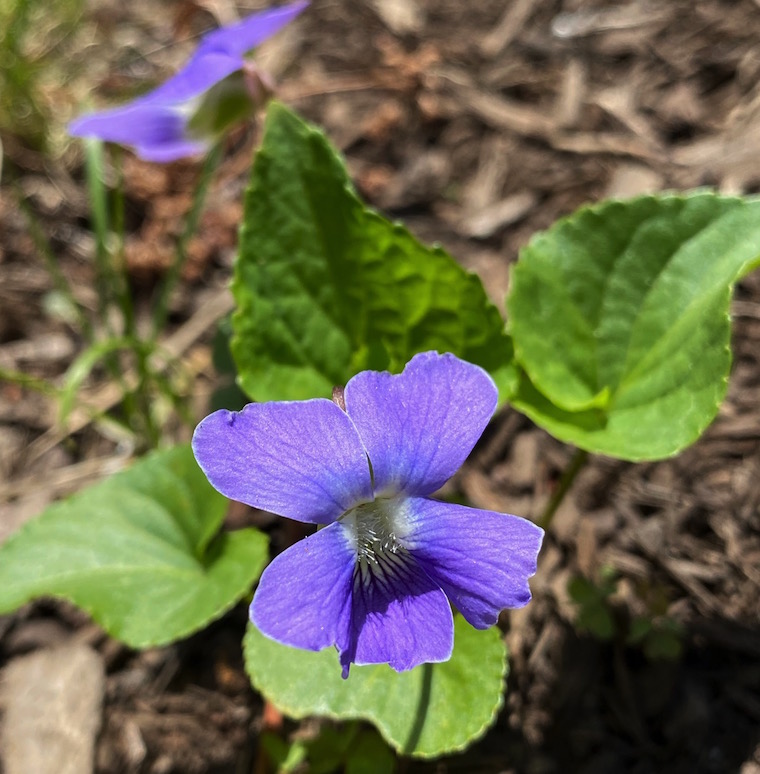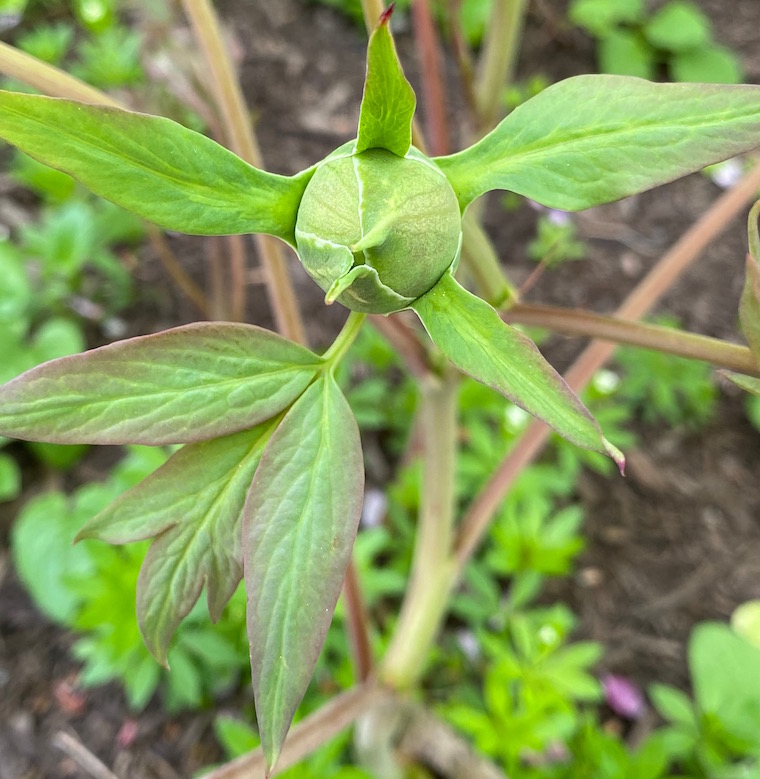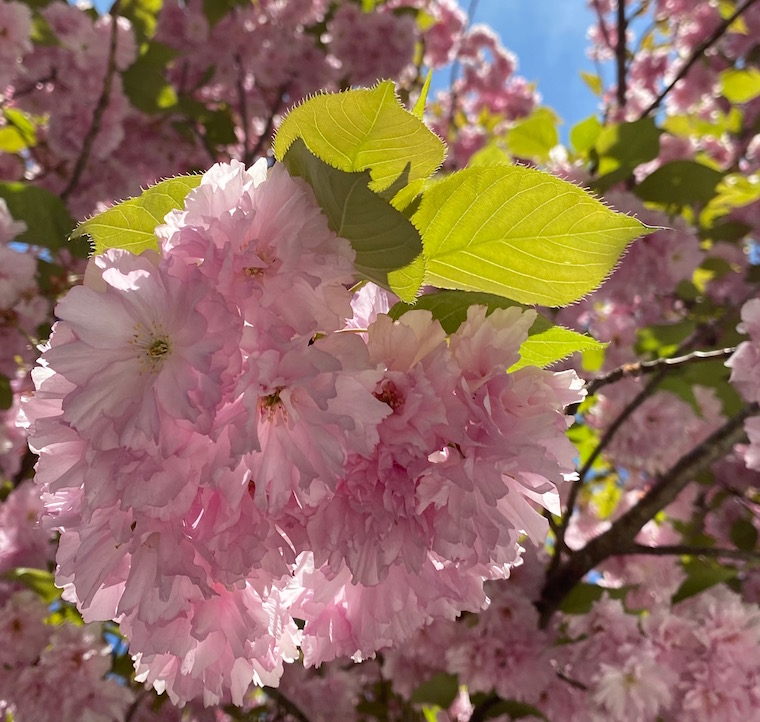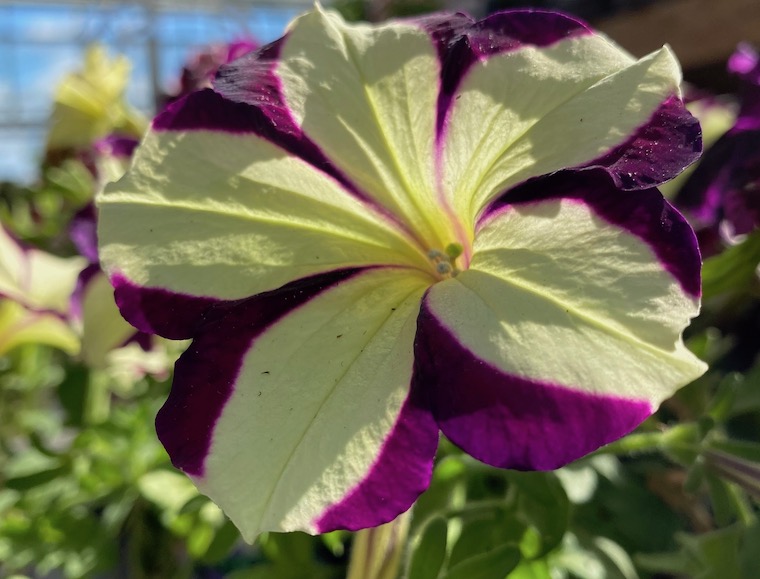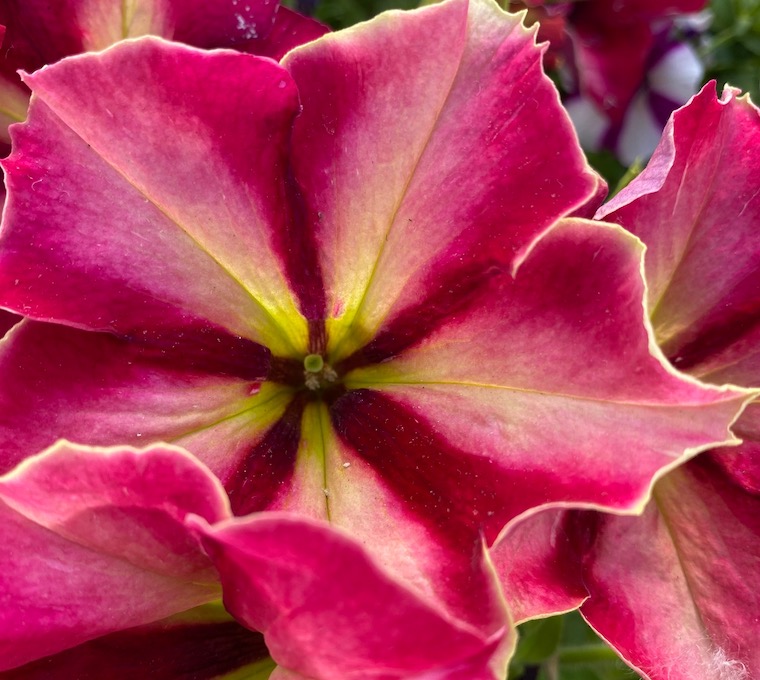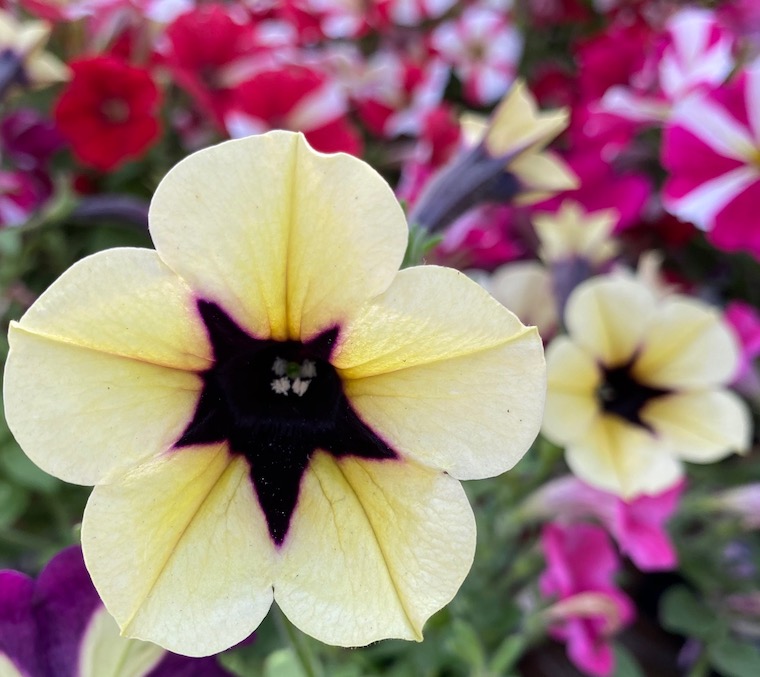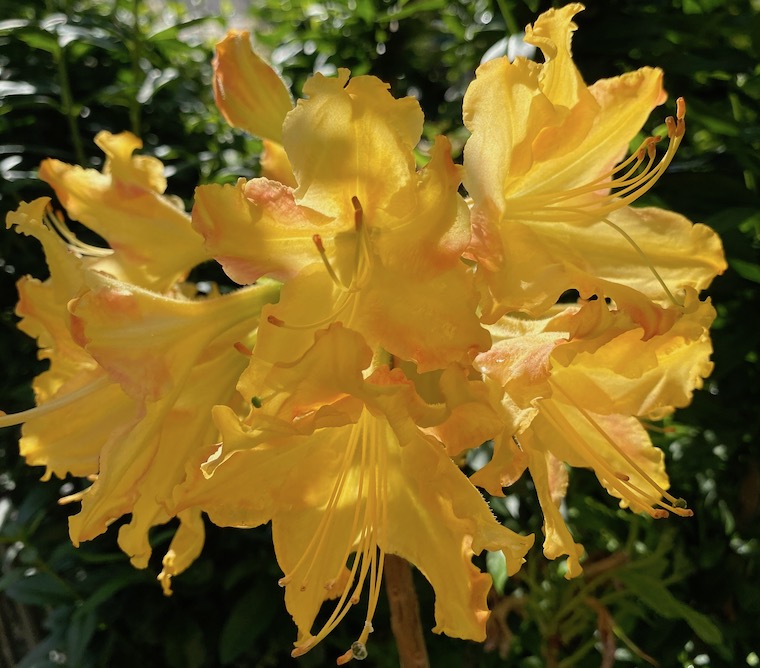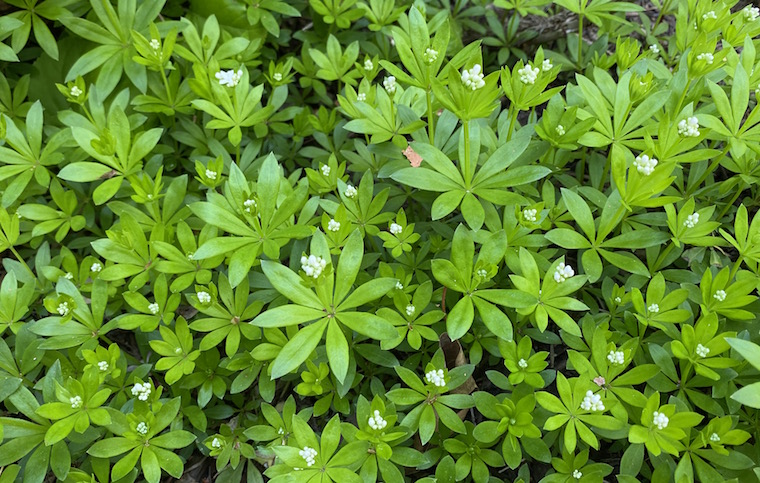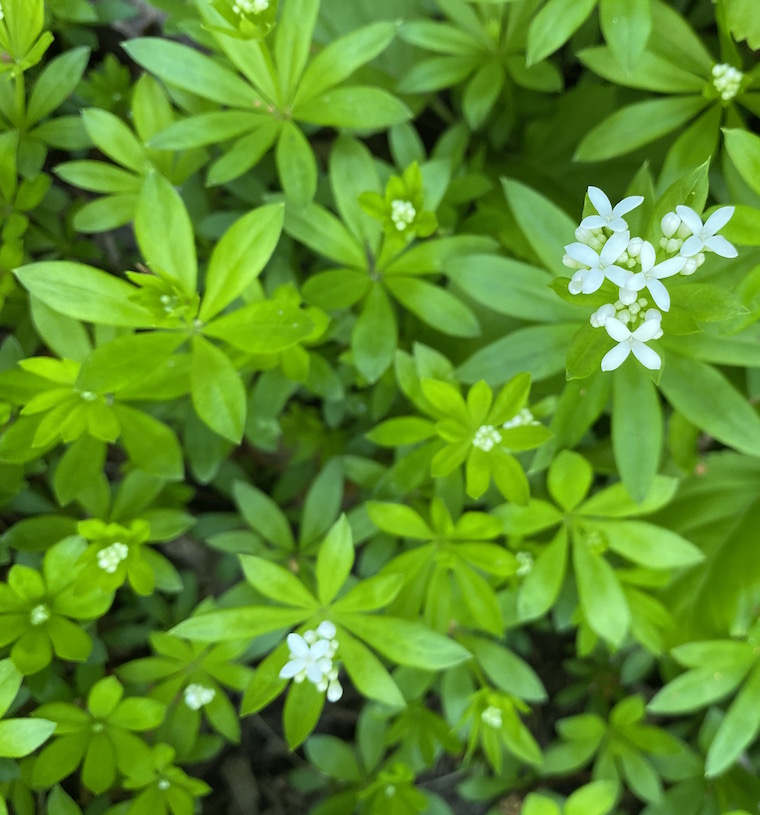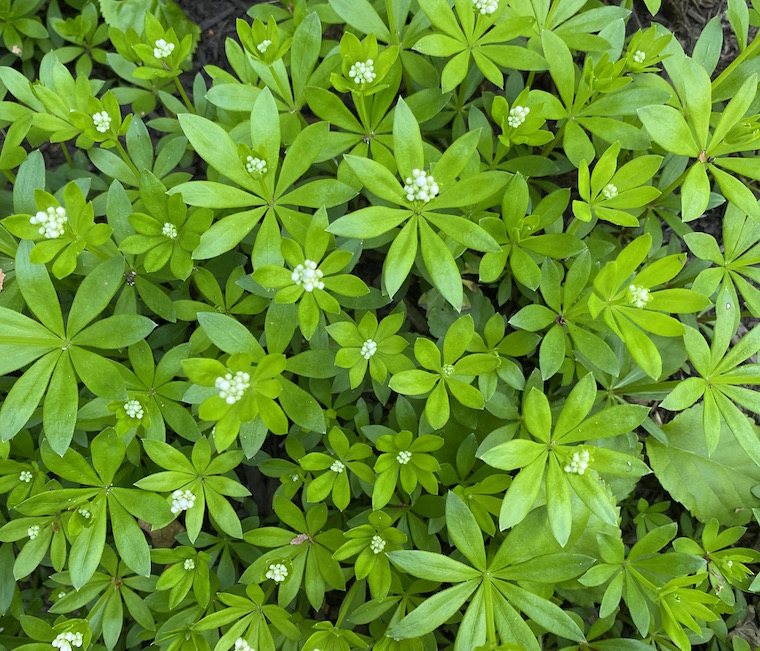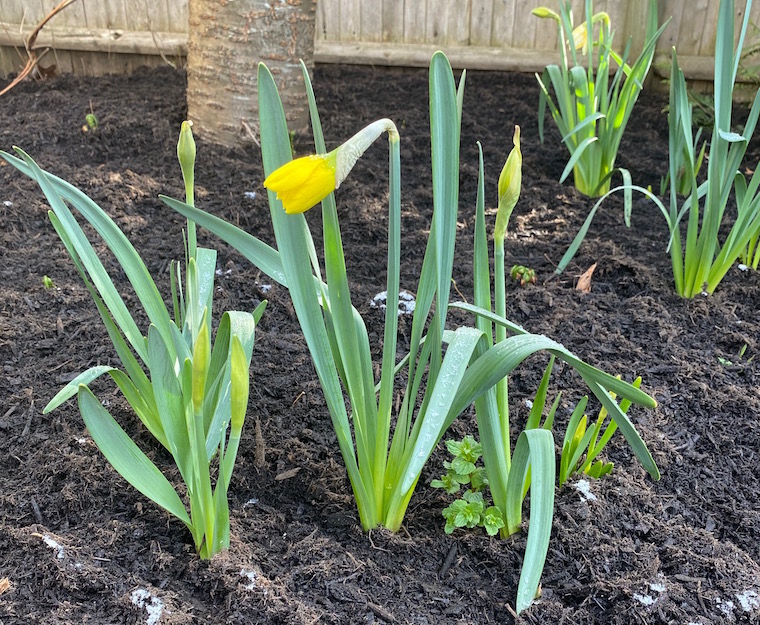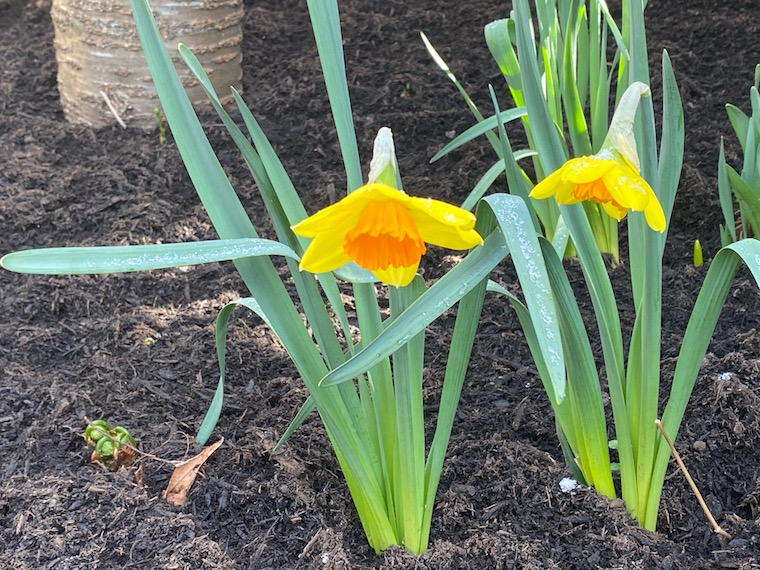We have about seven large plant stands of hydrangeas – most of them the ‘Endless Summer’ variety that was all the rage a number of years ago – and though I managed to coax them all into one or two blooms every once in a great while, only the plants in the front of the sun where all the sun goes ever reliably bloomed every year. The backyard plants would, if we were lucky, put forth one or two paltry flowerheads a piece, and for the past several years they’ve done nothing but produce foliage.
I haven’t minded much since their foliage is handsome, and they grow so large they become architectural elements that frame the house and a side entry-gate. I was somewhat annoyed at the fact that we couldn’t keep them on the blue side of their color range – our soil just would not keep them blue, no matter how many coffee grounds, rusty metal objects, or soil acidifiers I showered upon them.
Don’t get me wrong – I love pink – and a rosy-hued hydrangea flower is better than no hydrangea flower at all – but I did give up on pampering and cajoling them into bloom. It was also possible that our weather pattern killed off the buds that were present in the winter. We always got weird stretches of wickedly freezing temps for unprotected stretches of time, ensuring that even those that survived the enormity of a winter season would be felled by a few quick days of all-killing cold. ‘Endless Summer’ was supposed to flower on both old and new wood, but it did seem to favor old wood, if it managed to keep its buds intact.
This year, with a relatively mild winter, I left the old wood standing instead of pruning it all off like I normally would, and for the first time in at least a decade, most of our bushes have a multitude of blooms forming. While these, the first to bloom, are decidedly pink, there are bluish ones coming up in the backyard (worthy of their own post soon enough).
Perhaps the world makes up for its cruelty in this small way. I’ll take whatever bit of beauty is afforded right now. (Stay tuned for that blue one!)


